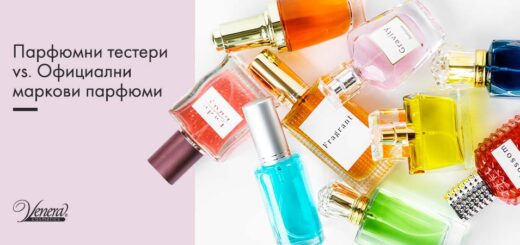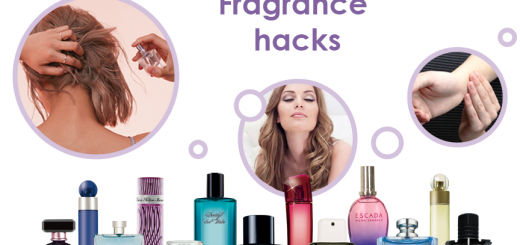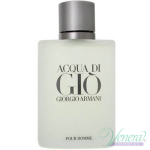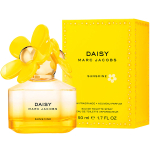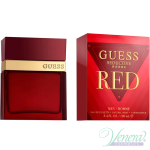Different aromatic groups found in modern fragrances
While choosing or looking for a suitable perfume, only a few people are aware of how complex is the composition of a fragrance. Few are those who know how many varieties of scents exist, and even fewer can accurately determine the type of perfume. Many people go to perfume stores and have no idea what they are looking for. Customers often try to explain to the consultant by using words such as “fresh”, “sweet” or “extravagant”. With such explanations, many experts would struggle to provide a competent and professional opinion when having so many options. This is why clients are often disappointed in their quest to find their desired scent.
This article aims to present the variety of groups and subgroups of modern scents that can be found in perfumes available on the market.
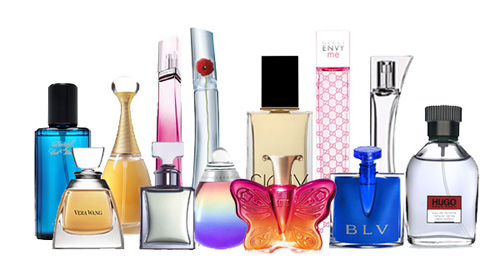
1. Aromatic
Aromatic notes are a combination of sage, rosemary, caraway, lavender, and other plants that have an intense, spicy scent of grass. They are often combined with citrusy or spicy notes. Aromatic compositions are typical for male fragrances.
1.1. Aromatic Aquatic
This group consists of fresh accords of seawater and they are mainly used in fragrances for men.
1.2. Aromatic Fougere
This group’s name origins from the French word “Fougere” or “fern”. Coumarin can be found in the center of the composition. The perfumer who created this group is Fougere Royal from the house of Houbigant, created by Paul Parquet in 1882. The perfumer extracted the synthetic component coumarin and used it in perfumery for the first time. Coumarin can be found in nature in several plants like tonka bean and has an intense scent of freshly cut grass. Fougere compositions include notes of lavender, geranium, moss, and wood. This group is mainly used in male fragrances.
1.3. Aromatic Fruity
This is a relatively new group that includes mainly men’s and unisex fragrances. They are composed of aromatic components and fresh fruits that provide a fresh, moist and exotic impression.
1.4. Aromatic Green
The compositions of this group have enhanced green notes of grass or leaves and aromatic components (lavender, rosemary, wood).
1.5. Aromatic Spicy
This group includes mainly men’s fragrances. The combination of spices and aromatic components create a fresh and cool sensation.
2. Chypre
This olfactory group was launched after the creation of Chypre perfume by Coty in 1917. Chypre means Cyprus in French. This sharp scent is based on the harmony of oakmoss, labdanum, patchouli and bergamot.
2.1. Chypre Floral
Flowers such as rose, lily-of-the-valley, or jasmine are traditional ingredients in Chypre compositions.
2.2. Chypre Fruity
Compositions of the Chypre group are perfectly combined with fruity notes such as peach, apricot, strawberry or exotic fruits. They have a warm and rich scent.
3. Citrus
Citrusy scents are old and abundant. Their compositions are based on lemon, orange, bergamot, grapefruit, mandarin and other citruses, with aromatic and tart notes for men and floral notes for women.
3.1. Citrus Aromatic
These are citruses with aromatic herbs (lavender, rosemary, caraway, mint).
3.2. Citrus Gourmand
This group includes sweet citruses (lime, orange), and other citrus fruits, whether or not combined with sugar, vanilla, caramel and sweet flowers.
4. Floral
This is the biggest aromatic group and it encompasses numerous versions of compositions with a floral heart: freshly picked flowers, flowers with aquatic-green or powdery nuances, and also floral-aldehyde, floral-fruity, and sweet compositions.
4.1. Floral Aldehyde
The creator of this group is the most famous Chanel No.5, created by Ernest Beaux for the house of Chanel in 1921. The complex floral composition of this perfume includes a substantial dose of aldehydes – a synthetic component used for the first time by Ernest Beaux.
4.2. Floral Aquatic
Fresh compositions of this aromatic group include nuances of seawater or notes of aquatic flowers or herbs.
4.3. Floral Fruity
Floral-fruity perfume flooded the market in the mid-1990s due to the significant rejuvenation of perfume users as a result of the liberalization of the industry. The compositions of this group are refreshing, light, and airy, with a sweet, fruity nuance.
4.4. Gourmand Floral Fruity
The range of floral-fruity scents is constantly expanding. This is why we have gourmand floral-fruity fragrances with sweet nuances of caramel, sugar, chocolate, candy, and so on in a separate category.
4.5. Floral Green
Green notes of grass and leaves bring freshness and tartness to the floral composition and leave an impression of freshly picked flowers.
4.6. Floral Woody Musk
The absolute floral supremacy is enriched with woody and/or musky presence in this group which adds depth and warmth, and powdery nuances as well to the whole composition.
5. Leather
Leather scents in different nuances from floral, velvety (for tartness), or smoked compositions fall in this group. The scent of processed leather products is used to mask the unpleasant smell of genuine leather.
6. Oriental
Oriental scents with dominating amber are placed in a separate group to strengthen their warmth and sensuality. Their opulent bouquet includes intoxicating and intense ingredients such as musk, vanilla, exotic resins and wood, often accompanied with exotic flowers and spices.
6.1. Oriental Floral
A sweet, warm, powdery base, typical for this group, is in harmony with flowers such as gardenia, tuberose, tiare flower or with a spicy note of carnation.
6.2. Oriental Fougere
This is a harmony of oriental components (warm, woody and spicy notes) which is refreshed with aromatic lavender, rosemary, coumarin and oakmoss.
6.3. Oriental Spicy
Warm and sensual spices such as cinnamon, carnation and nutmeg are combined with oriental notes such as wood and resins.
6.4. Oriental Vanilla
This group incorporates the sweet fragrances built on the harmony of oriental notes (wood, resins, flowers and spices) and sweet components (caramel, vanilla, chocolate, almond, honey).
6.5. Oriental Woody
Traditional oriental ingredients are enriched with woody accords of warm sandalwood or dry notes of cedar and vetiver.
7. Woody
Magnificent compositions of woody notes in the heart of the fragrance are enhanced with woody notes in the base. Warm, mysterious sandalwood, dry and sharper cedar and vetiver, resin-like and light exotic woods are usually accompanied with aromatic and citrusy notes.
7.1. Woody Aquatic
This type of composition, as a rule, combines a woody heart with fresh, aromatic accords and aquatic notes.
7.2. Woody Aromatic
The very masculine combination of wood and aromatic notes is characteristic for male fragrances. An opulent heart and a base with aromatic herbs.
7.3. Woody Chypre
Oakmoss and labdanum, traditional for Chypre group, are combined with dominating woody notes which have a very rich and intense scent.
7.4. Woody Floral Musk
The dominant wood in the heart of the composition has a beautiful opening of flowers such as violets and freesia, and a musky base as well.
7.5. Woody Spicy
A soft and pleasant scent with exotic wood harmonizes with warm, bitter spices such as black pepper, carnation, nutmeg and cinnamon.

